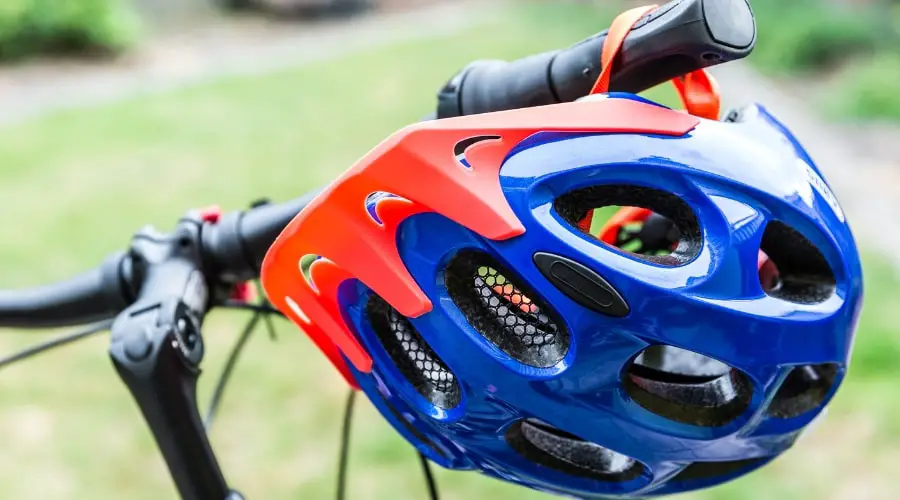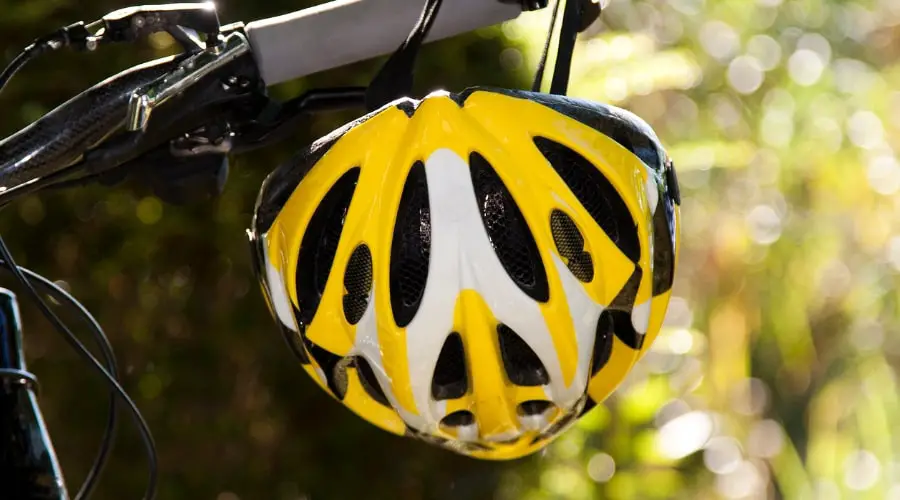When it comes to bike safety, there’s no compromise. An essential component of bike safety is wearing a helmet, but simply owning a helmet isn’t enough. It’s crucial to ensure that your bike helmet fits correctly for maximum protection.

Importance of Correct Helmet Fitting
Why is a proper helmet fit so crucial, you ask? A correctly fitted helmet provides optimal protection during a crash, minimizing potential injuries. On the contrary, an ill-fitted helmet can slide off or move around, failing to protect you effectively.
Step 1: Measure Your Head
Choosing the Right Helmet Size
Your first step should be to measure your head’s circumference. Use a flexible tape measure and wrap it around the largest part of your head, typically an inch above your eyebrows.
Understand the Different Helmet Sizes
Bike helmets come in various sizes: small, medium, large, and even one-size-fits-all. Refer to the manufacturer’s size chart to select a helmet corresponding to your head measurement.
Step 2: Positioning the Helmet
Proper Helmet Position
The helmet should sit level on your head, covering most of your forehead. If the helmet tilts back, it will not protect your forehead effectively.
Adjusting for Comfort
Adjust the fit pads or ring at the back if the helmet sits too high or low. The goal is to comfortably grasp your head without being too tight.
Step 3: Adjusting the Straps
Setting Strap Length
The straps should form a “Y” shape around your ears, with the slider securing this position. The chin strap should be snug but comfortable.
Checking for Secure Fit
Ensure that you can’t move the helmet more than an inch in any direction. If it does, tighten the straps.
Step 4: Testing the Helmet Fit
The Shake Test
Do a shake test by quickly shaking your head side-to-side and up and
The Shake Test
Perform a shake test by swiftly shaking your head side-to-side and up-and-down. A well-fitted helmet stays in place without any wobble.
The Two-V-One Rule
The “Two-V-One” rule is a great way to check the helmet fit. You should be able to fit only two fingers between the strap and your chin (Two). The helmet should sit one inch (V) or less above your eyebrows, and you should be able to see the edge of the helmet when you look upward (One).
Common Mistakes in Helmet Fitting
Avoid common mistakes such as wearing the helmet too far back on your head or not adjusting the strap correctly. Such errors can compromise your safety in case of an accident.
Related: How to Tell if Your Bike Helmet is Too Big
Choosing the Right Helmet
Types of Helmets
Different types of bike helmets are available, such as road helmets, mountain bike helmets, and recreational helmets. Ensure you choose the right one based on your cycling style and environment.
Importance of Safety Standards
Always choose a helmet that meets safety standards. Look for safety certification stickers inside the helmet, such as those from the Consumer Product Safety Commission (CPSC) in the US.

Maintenance and Care of Bike Helmets
Cleaning Your Helmet
Keep your helmet clean and free of damage. Clean it with mild soap and water, avoiding harsh chemicals that could degrade the materials.
Replacing Your Helmet
Replace your helmet every five years or immediately after a crash, even if there’s no visible damage. Over time, the materials can degrade and lose their protective qualities.
Frequently Asked Questions:
How tight should my bike helmet be?
Your helmet should be snug but comfortable. You should be able to fit no more than two fingers between your chin and the strap.
How often should I replace my helmet?
Helmets should be replaced every five years or immediately after a crash, even if there’s no visible damage.
What should I do if my helmet doesn’t fit well?
If your helmet doesn’t fit well, try adjusting the fit pads or the ring at the back. If it still doesn’t fit, it may be the wrong size, and you may need to get a different one.
What certifications should I look for in a bike helmet?
Look for a sticker indicating that the helmet meets safety standards, such as the Consumer Product Safety Commission (CPSC) in the US.
Conclusion
Bike safety is paramount, and wearing a correctly fitted helmet is a significant part of that. Measure your head, choose the right size, position it correctly, adjust the straps, and perform a fit test. Avoid common mistakes, choose the right helmet, and take care of it. Stay safe, and enjoy your ride!
Helmetslab is a website that focuses on providing in-depth reviews and information about different types of helmets, including motorcycle helmets and others helmets. I am writing a post with proper research on the info that helps helmet users.
